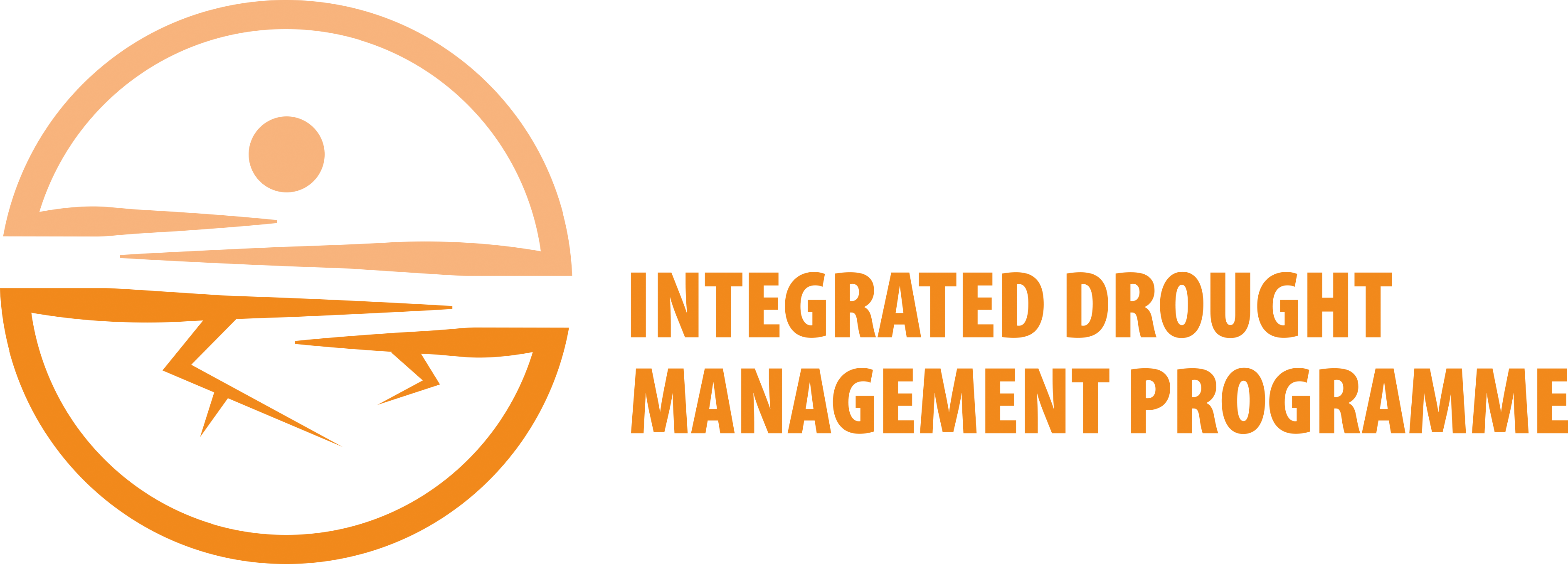Drought Reconnaissance Index (DRI)
Index name: Drought Reconnaissance Index (DRI).
Ease of use: Yellow.
Origins: Work was initiated by Tsakiris and Vangelis at the National Technical University of Athens, Greece.
Characteristics: Consists of a drought index that contains a simplified water balance equation considering precipitation and potential evapotranspiration. It has three outputs: the initial value, the normalized value and the standardized value. The standardized DRI value is similar in nature to SPI and can be compared to it directly. DRI is more representative than SPI however, as it considers the full water balance instead of precipitation alone.
Input parameters: Monthly temperature and precipitation values.
Applications: Cases where impacts on agriculture or water resources are a primary concern.
Strengths: The use of potential evapotranspiration gives a better representation of the full water balance of the region than SPI provides, which will give a better indication of the drought severity. Can be calculated for many time steps, as with SPI. All the required mathematics are available in the literature.
Weaknesses: Potential evapotranspiration calculations can be subject to errors when using temperature alone to create the estimate. Monthly timescales may not react quickly enough for rapidly developing droughts.
Resource: DRI software is available at the European Water Resources Association (EWRA) DrinC platform.
Reference: Tsakiris, G. and H. Vangelis, 2005: Establishing a drought index incorporating evapotranspiration. European Water, 9/10: 3–11.


